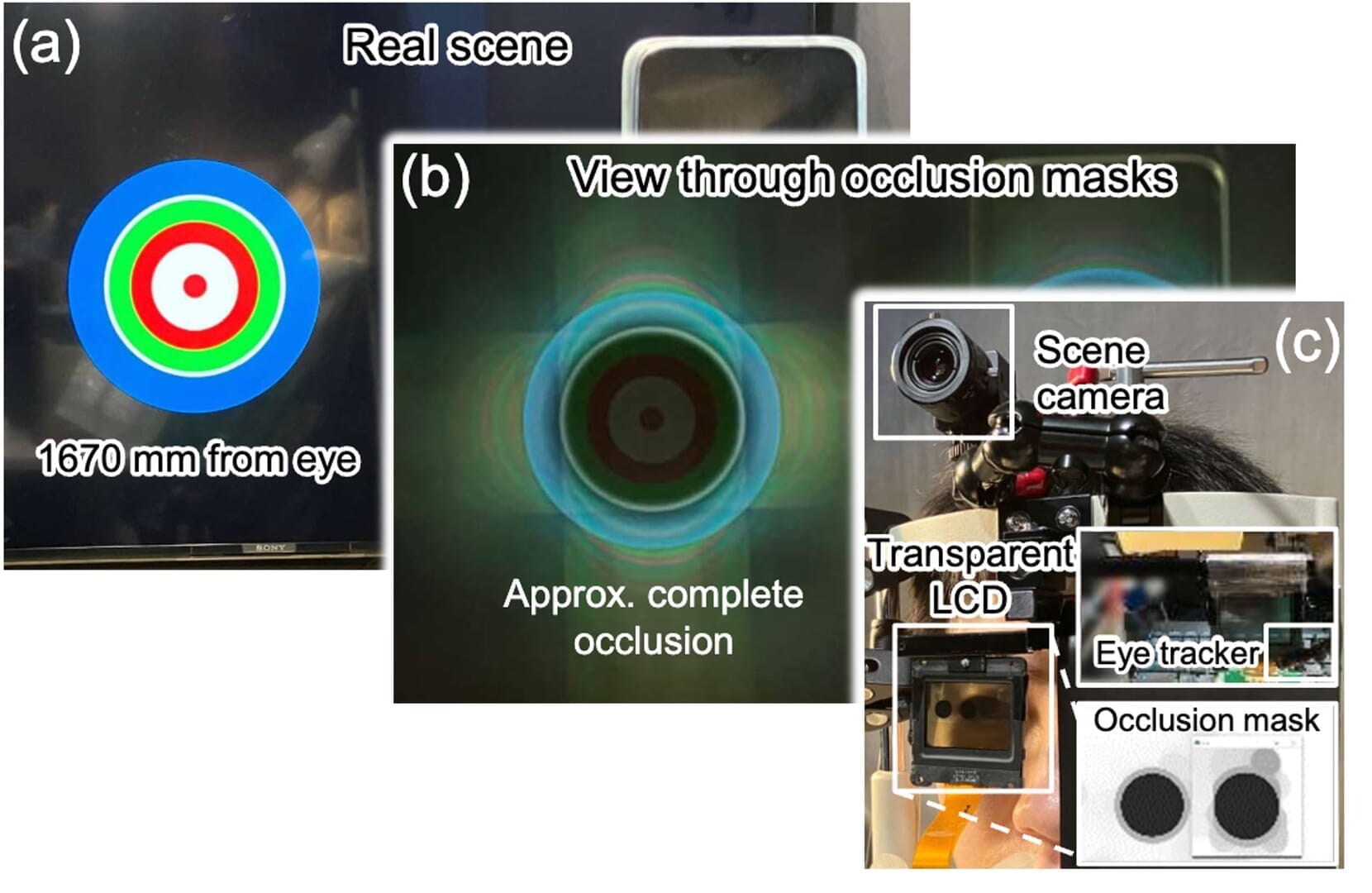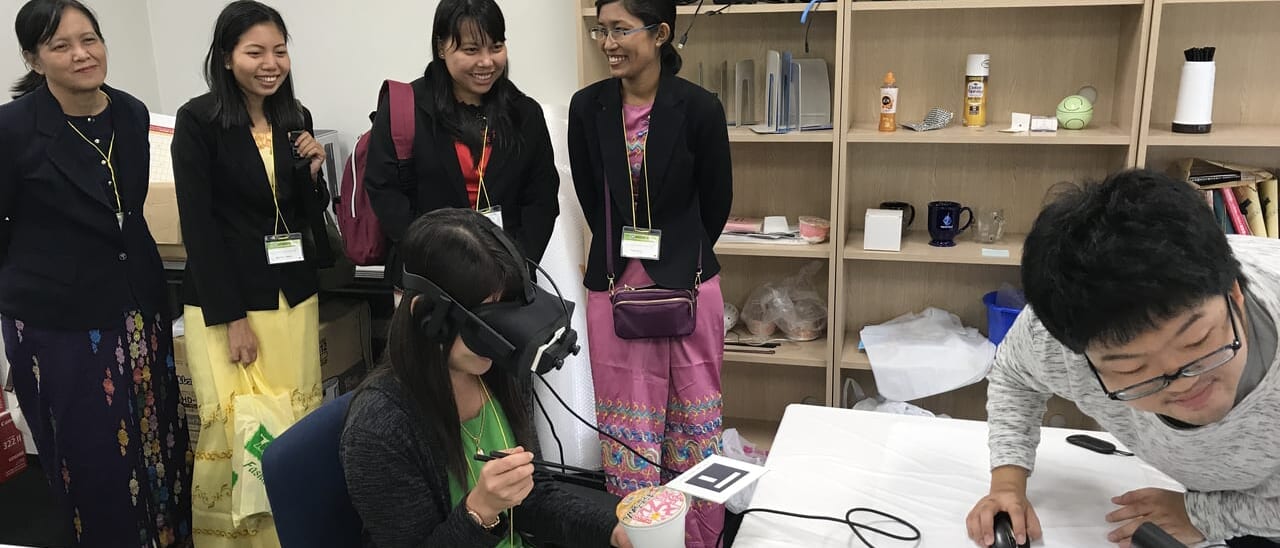Ms. Xiaodan Hu (our alumnus, currently a postdoctoral researcher at Graz University of Technology) has had a paper accepted in IEEE Transactions on Visualization and Computer Graphics (TVCG). This paper is the result of a collaborative research effort between our laboratory, Graz University of Technology, the University of Tokyo, and Otsuma Women’s University.
- Xiaodan Hu, Yan Zhang, Alexander Plopski, Yuta Itoh, Monica Perusquía-Hernández, Naoya Isoyama, Hideaki Uchiyama, and Kiyoshi Kiyokawa, “Perception-Driven Soft-Edge Occlusion for Optical See-Through Head-Mounted Displays”, IEEE Transactions on Visualization and Computer Graphics (TVCG), 10.1109/TVCG.2024.3444287(Abstract) Systems with occlusion capabilities, such as those used in vision augmentation, image processing, and optical see-through head-mounted display (OST-HMD), have gained popularity. Achieving precise (hard-edge) occlusion in these systems is challenging, often requiring complex optical designs and bulky volumes. On the other hand, utilizing a single transparent liquid crystal display (LCD) is a simple approach to create occlusion masks. However, the generated mask will appear defocused (soft-edge) resulting in insufficient blocking or occlusion leakage. In our work, we delve into the perception of soft-edge occlusion by the human visual system and present a preference-based optimal expansion method that minimizes perceived occlusion leakage. In a user study involving 20 participants, we made a noteworthy observation that the human eye perceives a sharper edge blur of the occlusion mask when individuals see through it and gaze at a far distance, in contrast to the camera system’s observation. Moreover, our study revealed significant individual differences in the perception of soft-edge masks in human vision when focusing. These differences may lead to varying degrees of demand for mask size among individuals. Our evaluation demonstrates that our method successfully accounts for individual differences and achieves optimal masking effects at arbitrary distances and pupil sizes.

